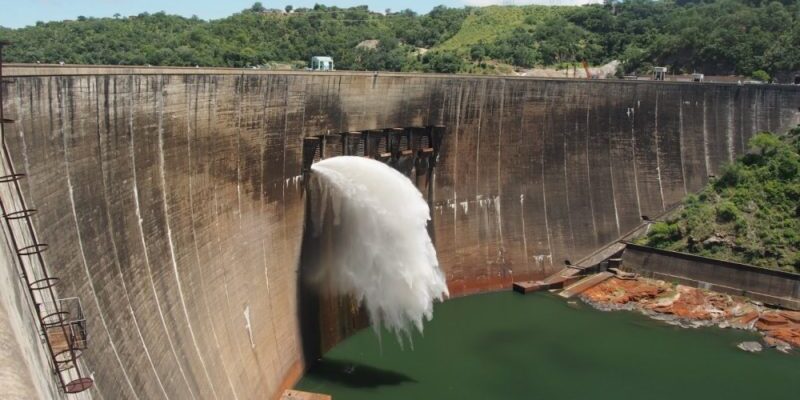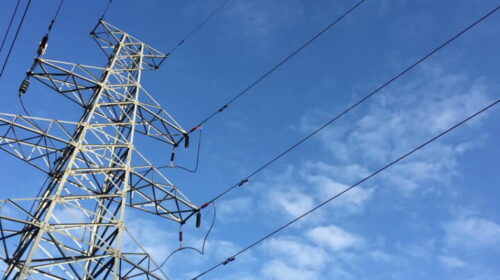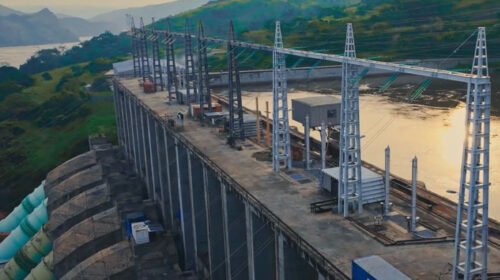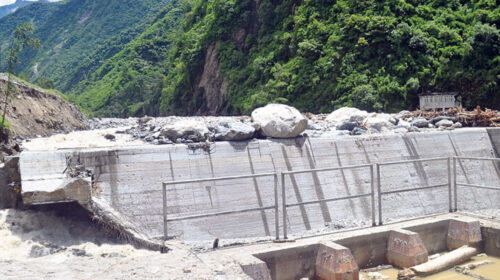Lake Kariba Water Levels Remain Low, Highlighting Power Generation Challenges in Zimbabwe
Water levels at Lake Kariba have been gradually rising due to the ongoing rainy season, raising hopes for improved hydropower generation later this year.
However, the current levels remain significantly lower than those of the same period last year, according to the latest data from the Zambezi River Authority (ZRA).
As of Monday, the water level stood at 476.41 meters, compared to 477.84 meters at the same time last year. The Kariba Dam operates within a water level range of 475.50 meters to 488.50 meters, with usable live storage—critical for power generation—currently at just 4.09 billion cubic meters (BCM). This is a sharp decline from the 10.54 BCM available in 2024, representing only 6.3 percent of the storage capacity for power generation, compared to 16.38 percent last year.
Despite the gradual increase in water levels due to rainfall in the catchment area, the current storage remains critically low. The ZRA, a bi-national entity jointly owned by Zambia and Zimbabwe, manages the affairs of the Zambezi River and Kariba Dam.
Kariba Dam’s power stations, located on both the northern and southern banks of the reservoir, have a combined generation capacity of approximately 2,100 MW, with Zimbabwe’s share being 1,050 MW. However, ongoing low water levels—exacerbated by climate change and the severe El Niño-induced drought of 2024—have severely impacted power production.
As a result, Zimbabwe has already implemented power cuts, affecting businesses, households, and overall economic activity. This situation underscores the vulnerability of the country’s energy supply to climate change and highlights the urgent need for diversification in energy sources and improved water management practices.
Zimbabwe’s energy mix relies heavily on coal (thermal) and hydropower. In 2023, the country’s installed electricity generation capacity was approximately 2,540 MW, split between hydro and thermal power.
However, due to aging infrastructure, frequent equipment failures, and the effects of climate change, electricity generation often falls far short of installed capacity, resulting in power cuts and load shedding.
The country has experienced significant power deficits, with peak demand reaching 1,900 MW, leading to daily outages of up to 12 to 14 hours. This issue has been compounded in neighboring South Africa and Zambia, contributing to power insecurity across the Southern African Development Community (SADC) region.
Despite commissioning an additional 600 MW at the Hwange Power Station in 2023 and 300 MW at Kariba Power Station in 2018, Zimbabwe’s installed capacity remains insufficient to meet demand. The shortage has had a particularly severe impact on key productive sectors of the economy.
This situation has highlighted the necessity for renewable energy solutions and the involvement of Independent Power Producers (IPPs).
Zimbabwe’s renewable energy sector is gaining momentum as it seeks to diversify its energy mix and address energy deficits. Key stakeholders—including the government, private sector, NGOs, and international partners—are promoting access to renewable energy sources such as solar, wind, hydropower, and biomass.
Guided by the Nationally Determined Contributions (NDC), Zimbabwe’s Renewable Energy Policy aims to meet electricity demand through renewable sources.
Targets include achieving an installed capacity of 1,100 MW (17 percent of total electricity supply) by 2025, and 2,100 MW (27 percent) by 2030.
Additionally, Zimbabwe plans to install more than 250,000 solar geysers in existing and new buildings by 2030. The Zimbabwe Energy Regulatory Authority (ZERA) has already licensed several IPPs, with 23 solar PV projects licensed by 2023, many of which are designed for self-use.
The ongoing developments highlight Zimbabwe’s commitment to addressing its energy challenges and reducing dependence on traditional power sources.
63 total views , 1 views today





